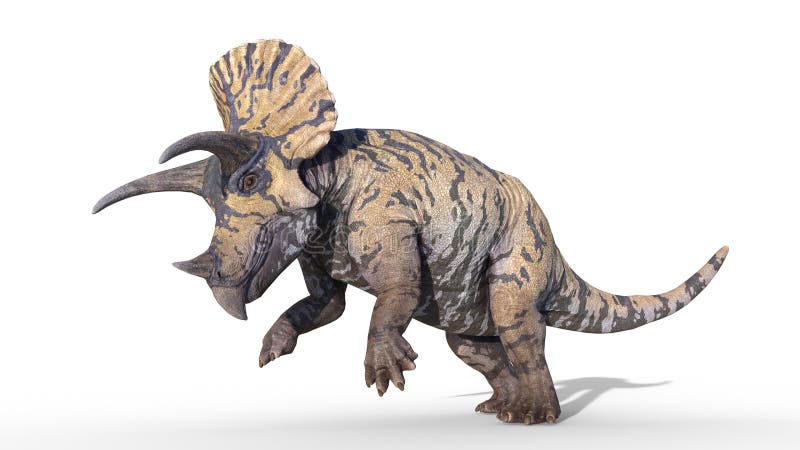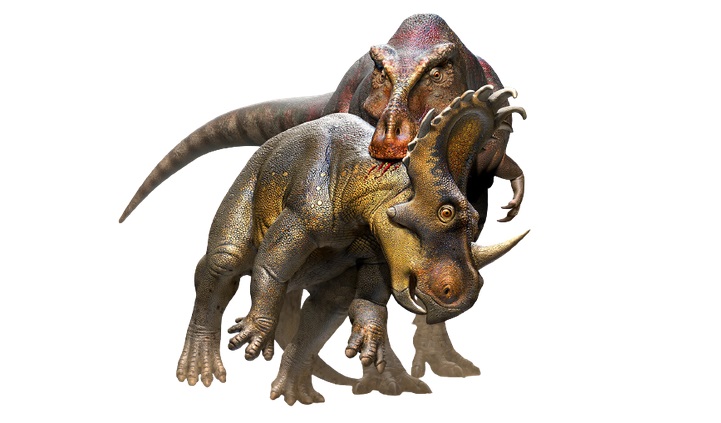2. Dinozaury jak ssaki, bo stałocieplne
by Admin
Posted on 18-07-2023 09:22 AM

Prawdziwym przewrotem naukowym było odkrycie z lat 60. Xx wieku udowadniające, że wymarłe dinozaury były w przeciwieństwie do współczesnych gadów stałocieplne. Ponadto wykazywały się one szybką przemianą materii i prowadziły aktywny tryb życia. Stałocieplne są dzisiaj m. In.
 Ssaki oraz ptaki, które wyewoluowały od wspólnego przodka z dinozaurami. Czytaj też: jak współcześnie wyglądałyby dinozaury?.
Ssaki oraz ptaki, które wyewoluowały od wspólnego przodka z dinozaurami. Czytaj też: jak współcześnie wyglądałyby dinozaury?.
https://igibee.pl/produkt/5431/prehistoryczne-olbrzymy-zauropody-i-triceratops-naklejki-scienne/
References [ edit ]
When you visit the site, dotdash meredith and its partners may store or retrieve information on your browser, mostly in the form of cookies. Cookies collect information about your preferences and your devices and are used to make the site work as you expect it to, to understand how you interact with the site, and to show advertisements that are targeted to your interests.
 You can find out more about our use, change your default settings, and withdraw your consent at any time with effect for the future by visiting cookies settings , which can also be found in the footer of the site.
You can find out more about our use, change your default settings, and withdraw your consent at any time with effect for the future by visiting cookies settings , which can also be found in the footer of the site.
Functions of the horns and frill [ edit ]
Triceratops ( /traɪˈsɛrətɒps/ try-serr-ə-tops ; lit. 'three-horned face') is a genus of chasmosaurine ceratopsian dinosaur that lived during the late maastrichtian age of the late cretaceous period , about 68 to 66 million years ago in what is now western north america. It was one of the last-known non-avian dinosaurs and lived until the cretaceous–paleogene extinction event 66 million years ago. The name triceratops, which literally means 'three-horned face', is derived from the greek words trí- ( τρί- ) meaning 'three', kéras ( κέρας ) meaning 'horn', and ṓps ( ὤψ ) meaning 'face'. Bearing a large bony frill , three horns on the skull, and a large, four-legged body, exhibiting convergent evolution with bovines and rhinoceroses, triceratops is one of the most recognizable of all dinosaurs and the most well-known ceratopsian.
Torosaurus as growth stage of Triceratops [ edit ]
Fortunately, the story gets easier to follow once we reach the more famous ceratopsians of the late cretaceous period. Not only did all these dinosaurs inhabit roughly the same territory at roughly the same time, but they all looked unnervingly alike, save for the differing arrangements of the horns and frills on their heads. For example, torosaurus possessed two big horns, triceratops three; chasmosaurus' frill was rectangular in shape, while styracosaurus' looked more like a triangle. (some paleontologists claim that torosaurus was actually a growth stage of triceratops, an issue that has yet to be conclusively settled. )why did these dinosaurs sport such elaborate head displays? as with many such anatomical features in the animal kingdom, they probably served a dual (or triple) purpose: horns could be used to fend off ravenous predators as well as to intimidate fellow males in the herd for mating rights, and frills could make a ceratopsian look bigger in the eyes of a hungry tyrannosaurus rex , as well as attract the opposite sex and (possibly) dissipate or collect heat.
Szczegółowe informacje [ ]
Klasyfikacja[] karcharodontozaur to teropod z rodziny karcharodontozaurów. Do tej rodziny należą też: giganotozaur i mapuzaur. Szczegółowe informacje[] rola w ekosystemie[] karcharodontozaur był najprawdopodobniej szczytowym drapieżnikiem w swoim ekosystemie. Spinozaur wypełniał inną niszę bo polował na ryby więc nie był konkurencją dla tego dinozaura. Jedynym wrogiem karcharodontozaura mógłby być olbrzymi bahariazaur. Jednak bahariazaur był mniejszy od karcharodontozaura. Zwyczaje[] odnaleziono za mało szczątków aby wiedzieć jak się zachowywał ten olbrzymi teropod. Czym się żywił i na co polował?[] niestety nie znaleźliśmy żadnych dowodów na to że karcharodontozaur polował na coś i musimy się domyślać. Był on wielki i prawdopodobnie polował na zauropody takie jak: paralitytan lub egiptozaur.